
Threads of Change
By lm2believe

19 Aug, 2023
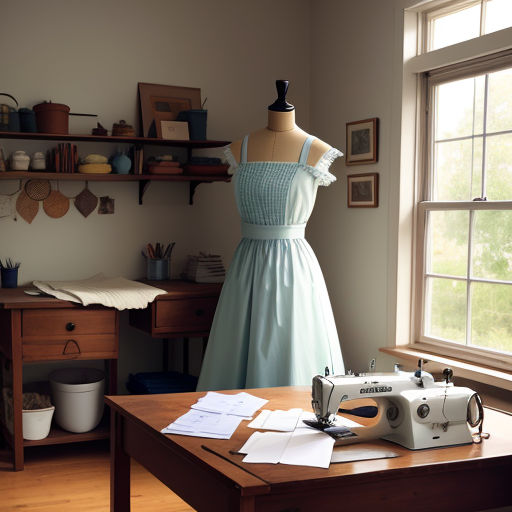
Slow fashion, as the name implies, abandons the rapid pace of the typical fashion industry in favor of a more painstaking, holistic approach. It emphasizes quality over quantity, sustainability over disposability, and fair labor practices over cheap production.
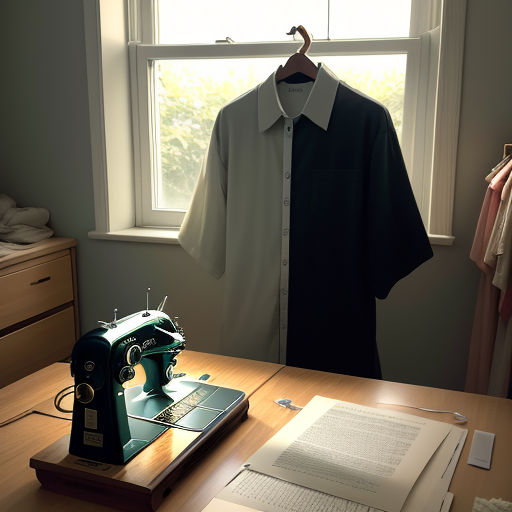
This concept originated as a reaction to fast fashion, the pervasive trend of mass-producing cheap, disposable garments that harm the environment and exploit workers. Slow fashion proponents argue for a return to more thoughtful production and consumption.
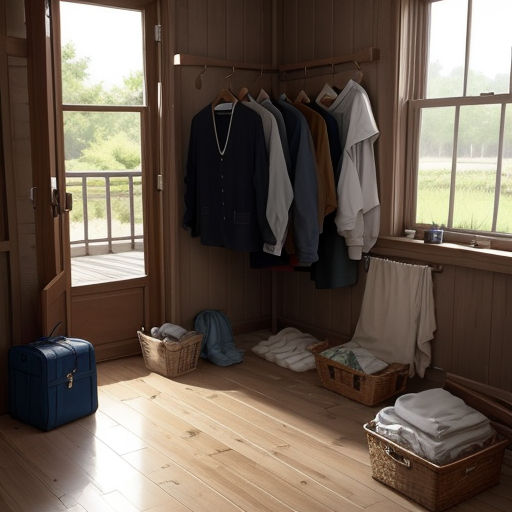
Modern advocates for slow fashion span individuals, designers, and even corporations who value quality and care for the environment. These advocates strive to make the fashion industry more sustainable and ethical, shaking up the status quo.

Slow fashion has gained recognition for its merits. It helps reduce environmental damage by minimizing waste and encourages respect for human rights by promoting fair labor practices. In essence, it creates a healthier and fairer industry.
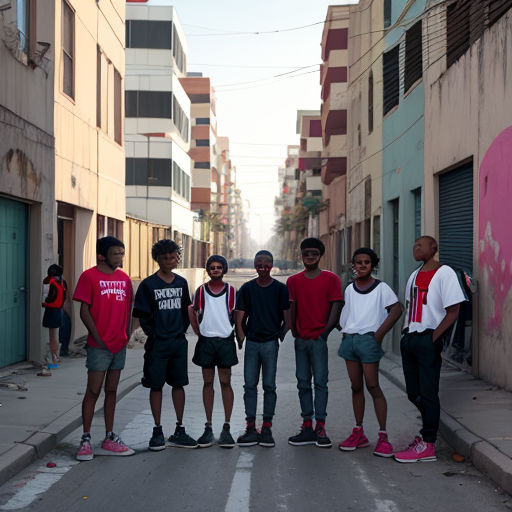
Amid a landscape marred by poverty, stood a group of inspiring young individuals who'd soon change their community. These were not ordinary teens, they were standout students, eager to learn, and ready to contribute to their society.

The standout students were introduced to the concept of slow fashion. They learned about its origin, the advocates who championed it, and the merits that made it a potential solution to their community's problems.

They were intrigued by this new perspective on fashion. It encouraged sustainability while also addressing poverty. Increasingly fascinated, they decided to pursue slow fashion, hoping to transform their community.

They began by sourcing materials responsibly. They collected unused fabrics from local tailors and households, and even cultivated organic cotton in school. They were determined to limit waste and foster sustainability.

Approaching the design process, they leaned towards simplicity and durability. They emphasized craftsmanship, ensuring that each piece was made to last. This opposed the throwaway culture of fast fashion.

The teens tackled production with labor fairness in mind. They distributed tasks evenly, ensuring no one was overworked. They aimed to embody the principles of slow fashion not only in their products but also in their practices.

The standout students' project wasn't just about making clothes; it was also about learning essential life skills. They learned about teamwork, leadership, problem-solving, and the value of hard work - skills they could apply beyond the classroom.

With their first collection ready, they organized a community fashion show. The event highlighted their work, the principles of slow fashion, and the potential it held for their community.
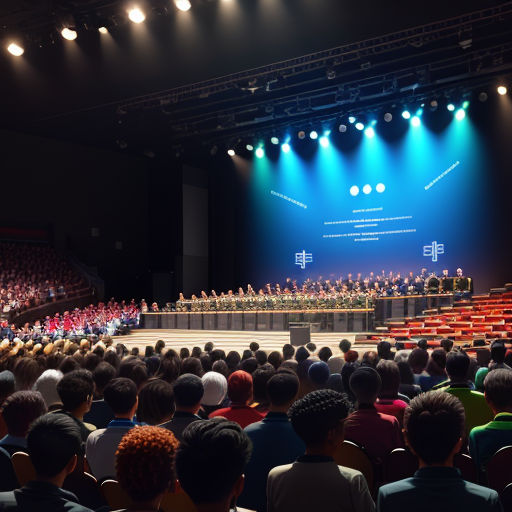
The event was a success. The community was impressed by the students' efforts and the quality of their work. More importantly, they were inspired by the underlying principles of their project – sustainability, fairness, and change.
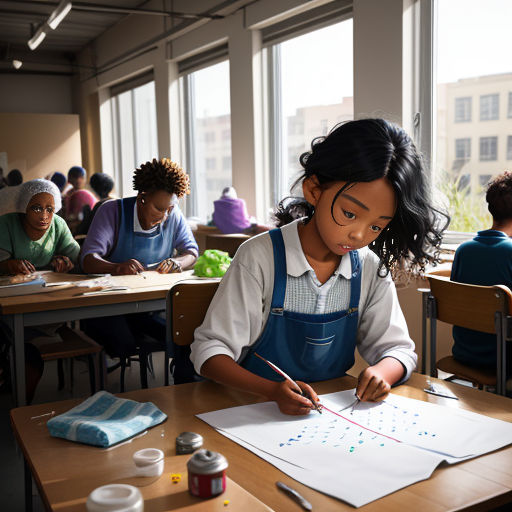
Encouraged by the community's support, the students continued their work. They started giving workshops, teaching other community members the principles and practices of slow fashion.

The workshops taught practical skills like sewing and designing, while also emphasizing the importance of ethical consumption. Participants learned about the impact of their choices on their community and the wider world.

Over time, slow fashion became more than a school project; it became a community movement. Many began adopting its principles, making more conscious consumption decisions, and even starting their own slow fashion initiatives.
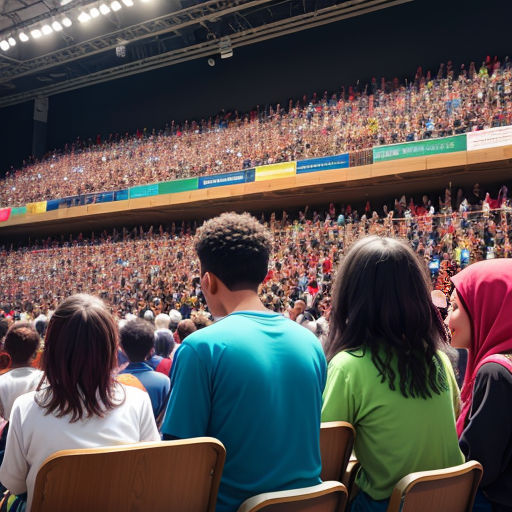
The standout students' pioneering efforts had made a significant impact. They had not only revolutionized the community's approach to fashion but also instilled a culture of sustainability and fairness.
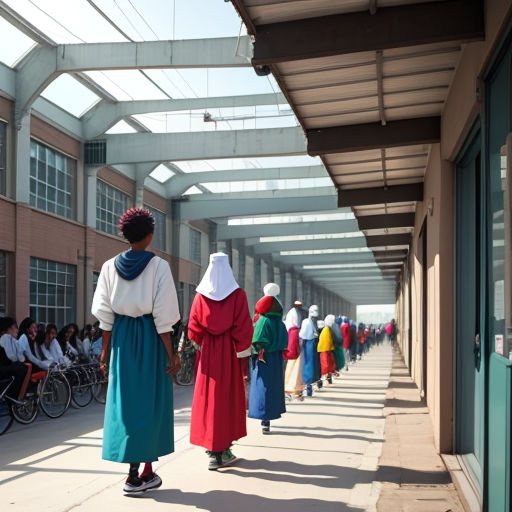
They had shown their community that fashion didn't have to be harmful or exploitative. They proved that by embracing slow fashion, they could create high-quality, sustainable clothing while addressing poverty.

The students' slow fashion project didn't just benefit their community in the present. It also promised a brighter future. It presented an alternative to poverty and environmental damage, offering hope for sustainable growth.

Beyond their community, their story began to travel. It reached other places similarly affected by poverty, inspiring them to consider slow fashion as a potential solution to their problems.

The students' project was not a quick fix but a gradual process, much like the philosophy of slow fashion itself. One stitch at a time, one garment at a time, they were weaving change into their community.

Their project had started as an experiment. It grew into a practice, then evolved into a movement. Eventually, it wasn't just about the clothes, but the transformation that came with it – a symbol of change, a beacon of hope.
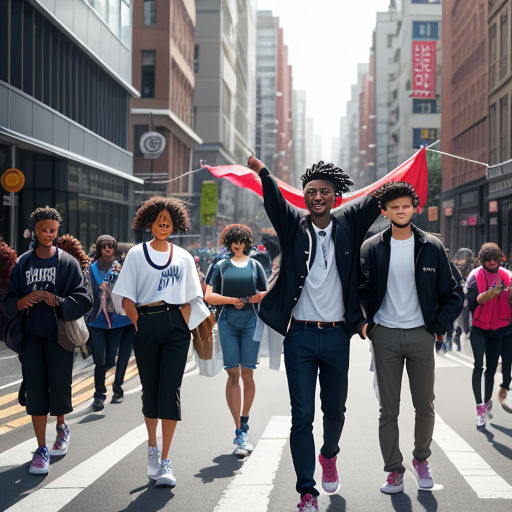
In the end, what stood out most was not just the clothes, but the people behind them. These standout students had taken their passion for fashion and their concern for their community and turned it into a force for good.
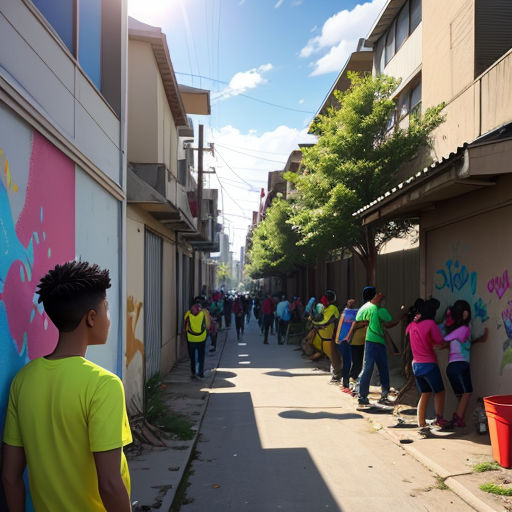
Their actions were a testament to the power of young people to effect change. They were a reminder that anyone, regardless of age or circumstance, could make a difference in their community.
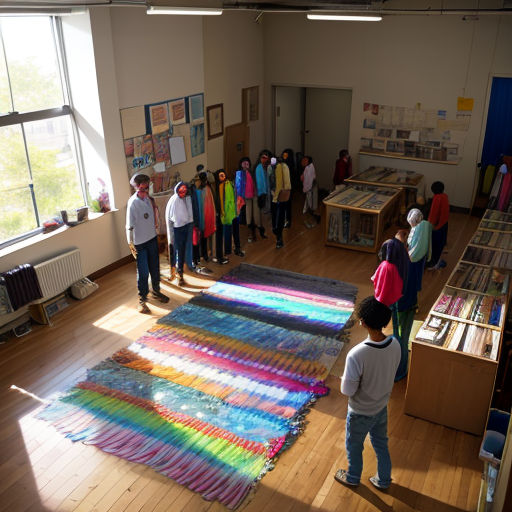
"Threads of Change" is more than a story about slow fashion. It's a narrative about hope, resilience, and the capacity of young people to effect tangible change, one sustainable garment at a time.